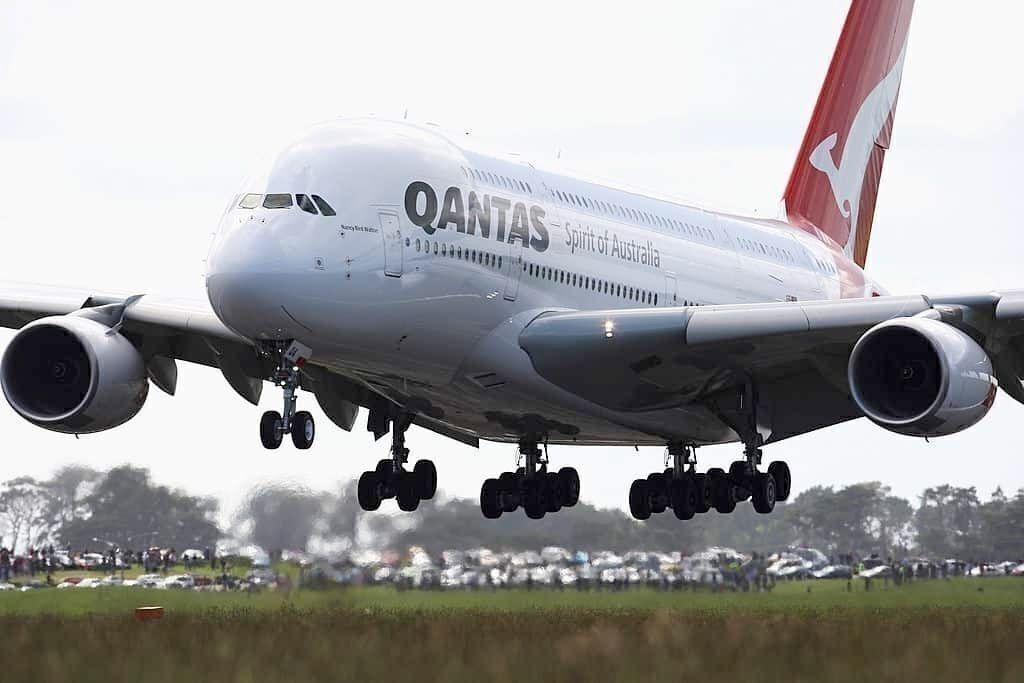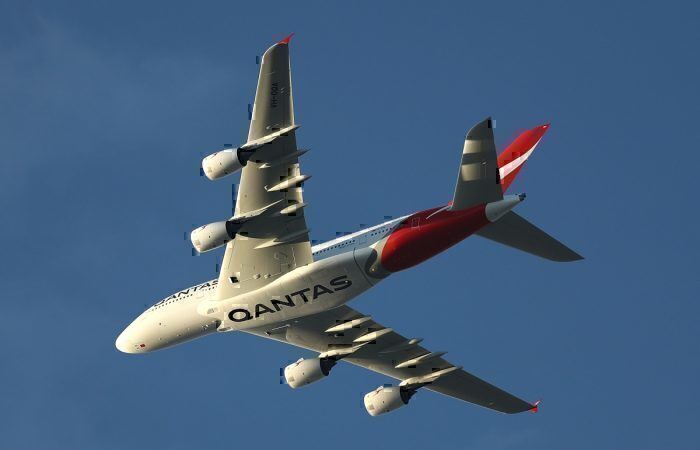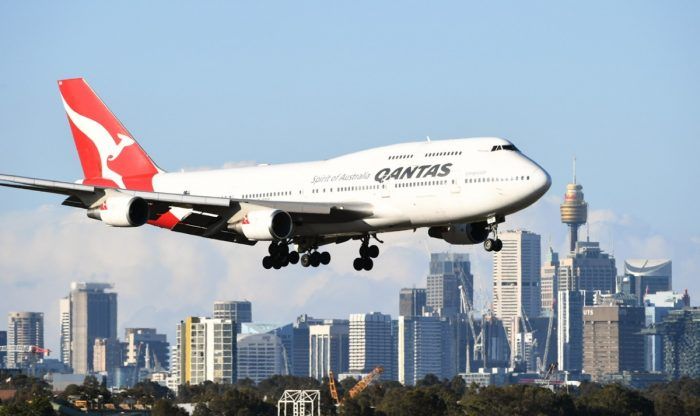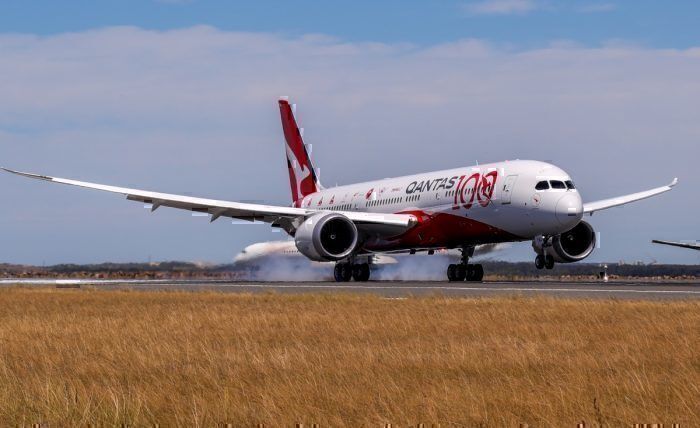For routine maintenance, Qantas has to raise aircraft in order to do work on the landing gear. Though not a fully-fledged flight with takeoff, getting a plane off the ground requires the use of heavy machinery
How Qantas raises planes for maintenance
Similar to the way cars undergo tire maintenance, airplanes also must be raised for engineers to inspect the landing gear. In a Roo Tales post, Qantas pulls back the curtain on the procedure of raising aircraft for maintenance checks.
To do so, engineers have to use special jacks placed under different parts of the aircraft. One under the nose, one under the tail, and one under each wing. Each machine has to be in a precise spot in order to keep the plane balanced. A slight mishap and it could end up in a potentially expensive situation.
You can watch a whole video on the experience below, but be warned; the video is a little loud due to the activity in the hangar. This is why engineers have to wear ear protection when on site.
The aircraft is raised only a few inches off the ground. The higher it is, the more opportunities for mishaps. Once raised, engineers perform a "gear swing." They raise and lower the gear several times, checking for any anomalies that could be potentially consequential in commercial operation. These gear have to absorb a lot of energy and sustain a massive jet filled with cargo, passengers, and their bags.
At Qantas' Brisbane heavy maintenance base, Qantas has particular areas in a hangar where the floor drops down, allowing for the gear swing maneuver. Engineers carefully inspect the brakes, the tires, and any other components. Before it is sent back into passenger service, engineers have to sign off on the jet. This helps ensure that passenger aircraft in the sky are safe and that the gear does not collapse.
How does the gear work?
Airplane tires and landing gears are designed to absorb the enormous weight of the jet. Shortly after takeoff, pilots retract the aircraft gear. This reduces the drag on the aircraft. Although, most passengers will likely recognize that when the gear is retracted, it ends up being a bit quieter in the cabin and the plane seems more smooth in the sky.
When it comes time to landing, however, the gear is pushed to its limits. For those who have flown in the nose of a plane, especially that of a 747, or else in the mid-section above the gear likely experience some of the force of the landing– especially a hard landing. During landing, oil is pushed through tiny holes in the strut. This helps absorb some of the energy during the landing. The tires themselves are filled with nitrogen.
Nitrogen does not react as severely to temperature changes. You can imagine that the temperature in the gear bay at 35,000 feet and the temperature of the wheels touching down on a runway are vastly different. The last thing any crew member (or passenger for that matter) wants to experience is a tire explosion that could cause a devastating fire.
Do you work on aircraft maintenance? What more can you tell us about aircraft gear? Let us know in the comments!




